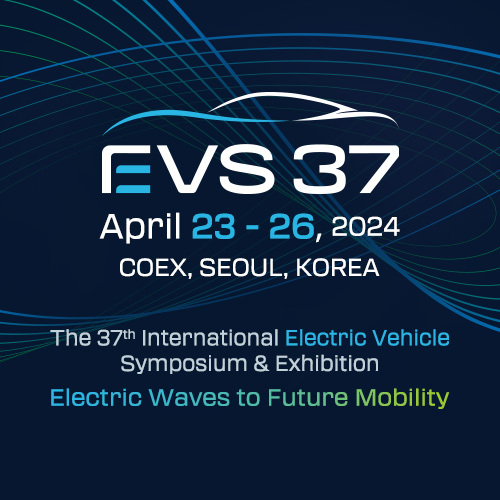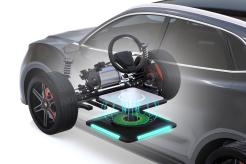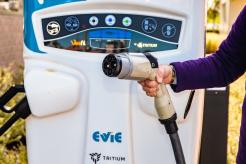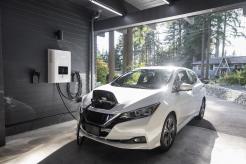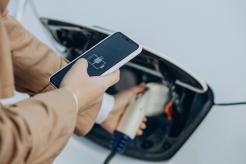By now, most of us understand the importance of energy conservation and reducing our environmental footprint, as global energy consumption has risen at an average of 2% annually over the past two decades. Homeowners and business owners should always aim to minimize their energy usage – especially if they have electric vehicle charging stations or other energy-intensive equipment – to conserve resources and save money. One of the best ways to do this is through peak shaving.
What Is Peak Shaving?
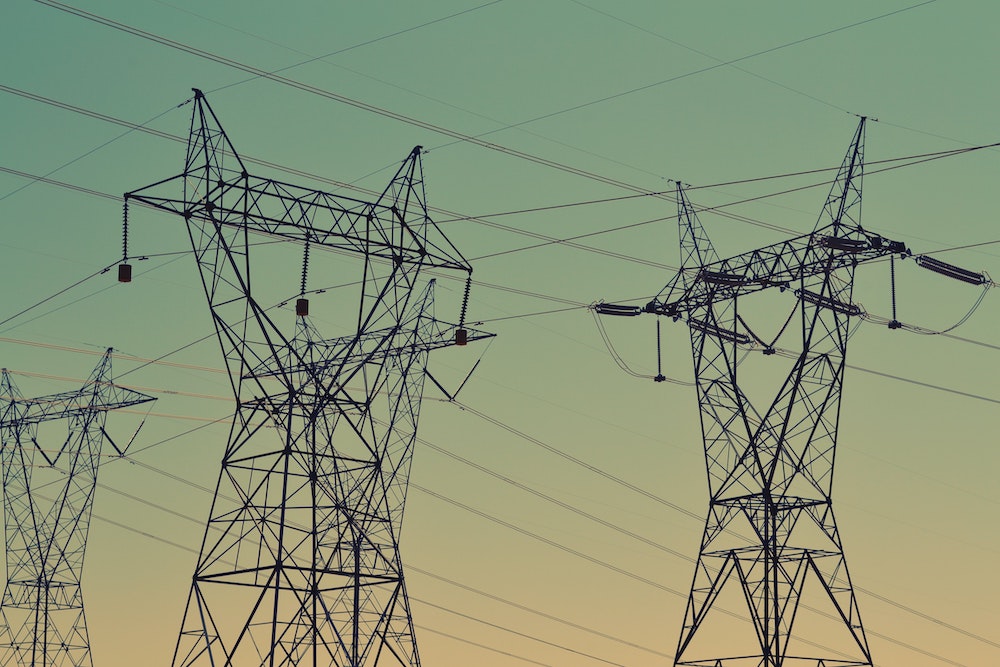
Photo by Fré Sonneveld on Unsplash
Peak shaving is an energy conservation technique businesses and homeowners can use to reduce their energy bills and footprint by reducing usage during peak times when electricity rates are highest. You can do peak shaving manually or through automated systems like smart thermostats and energy management software that allow businesses to optimize their electricity use in real-time.
In addition to reducing energy costs, peak shaving can also help reduce emissions generated by power plants. Reducing demand during peak times means power plants have to produce less electricity, releasing fewer carbon dioxide emissions into the atmosphere. This strategy is one small step everyone can take to help reduce their environmental impact.
What’s The Difference Between Peak Shaving and Load Shifting?
You may have heard of a similar concept: load shifting. While peak shaving and load shifting share some similarities, they are two distinct strategies with unique applications.
Peak shaving is a strategy used to reduce electricity demand during periods of high usage by turning off nonessential equipment, lowering air conditioning levels, and other measures. Peak shaving helps to ensure that the energy supply can meet demand cost-effectively.
On the other hand, load shifting is a strategy to shift energy consumption from peak periods to times when energy demand is lower. This can be done by programming equipment during off-peak hours or encouraging customers to use energy during non-peak hours.
Benefits of Peak Shaving

Some of the key benefits associated with peak shaving include:
- Reduced Energy Costs: By reducing power demand during peak periods, peak shaving helps businesses and homeowners save money on their energy bills.
- Reduced Greenhouse Gas Emissions: Peak shaving helps avoid the need for additional power plants, which can reduce carbon dioxide emissions and other harmful gases.
- Increased Energy Efficiency: By reducing energy consumption during peak periods, peak shaving can help to increase energy efficiency and lower energy waste.
- Increased Reliability: Peak shaving helps to ensure that energy supply can meet demand during peak periods, reducing the risk of power outages and other reliability issues related to electricity supply.
Why Is Peak Shaving Relevant To Electric Vehicle Charging Station Owners?
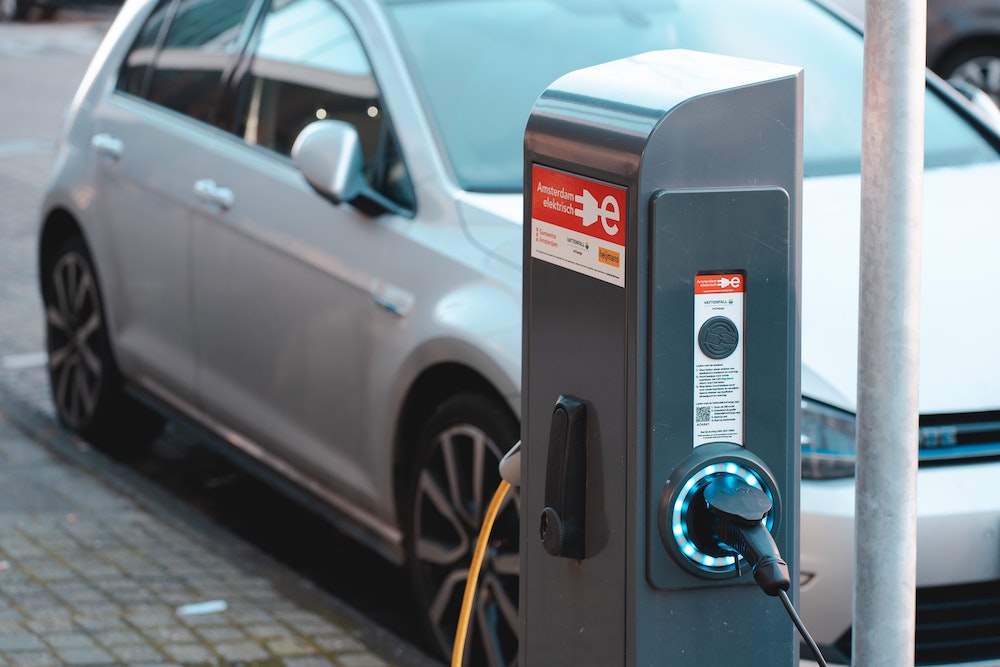
Photo by Ernest Ojeh on Unsplash
Peak shaving is essential for owners of electric vehicle charging stations to understand. Because electric cars most often draw power from the grid during charging, it can lead to spikes in energy demand if drivers connect too many vehicles at once. By implementing peak shaving strategies, charging station owners can reduce electricity costs while helping the grid cope with high demand.
Tips For EV Charging Station Owners To Leverage Peak Shaving

Photo by Chris Liverani on Unsplash
Here are some tips every EV charging station owner should consider:
- Analyze your energy usage data. Investigate and analyze the energy usage of your charging station to identify peak loads and periods of high electricity demand. This information will inform decisions about when and how to curb electricity use to reduce costs.
- Stagger charging times. Stagger charging times for different EV models so that all vehicles do not charge simultaneously. This will help spread electricity demand and reduce the risk of high peak loads.
- Turn off charging equipment. Turn off charging equipment when it is not in use to reduce energy consumption. In addition, if there is a sudden increase in demand, consider turning off some chargers to reduce the overall energy load.
- Curb power draw of individual vehicles. Use smart charging software from providers like Driivz or GreenFlux to limit the power draw of individual vehicles connected to your charging station. This will help you better manage peak loads and minimize electricity costs.
How To Build A Peak Shaving Strategy
With the right strategy, businesses can reap the benefits of peak shaving and reduce their energy costs. Building a peak-shaving strategy involves four main steps:
- Identify your peak loads. This step requires analyzing your energy usage throughout the year to identify when and how much electricity you use during periods of high demand. Additionally, you should consider seasonal energy consumption variations, such as increased air conditioning use in the summer months.
- Implement efficient practices. Once you’ve identified your peak loads, you should evaluate and implement efficient methods that will help to reduce energy consumption during these periods. This could include turning off non-essential equipment during peak times to installing smart technologies such as timers or motion sensors.
- Monitoring and Reviewing. Once you establish efficient practices, monitoring and reviewing energy consumption over time is important to identify where you can improve further. This will help ensure that your peak shaving strategy works as efficiently as possible.
- Optimizing Resources. You should optimize resources by adjusting supply levels according to demand. This will ensure that you are getting the most out of your energy resources while also ensuring that you’re using them efficiently and cost-effectively.
Tools and Equipment for Peak Shaving
To successfully implement peak shaving strategies, EV charging station owners, homeowners, and business owners must invest in the right tools and equipment. These tools include:
- Energy management systems: You can use systems like the DCC-12 to monitor and control energy usage in real-time, allowing operators to make adjustments as needed.
- Smart meters: Smart meters like the EV Meter measure electricity consumption and provide data on how much electricity you use at any given time. You can then use this information to identify peak loads and adjust supply accordingly.
- Energy storage systems: Use energy storage systems such as batteries or pumped hydro to store excess electricity during off-peak periods. This stored energy can then be released during peak times, helping to reduce overall energy costs. Providers like EVESCO are leading the charge on this front.
- High-efficiency energy equipment: By investing in high-efficiency motors, appliances, insulation, EV chargers, and more, businesses and homeowners can save money on their energy costs. Though cheaper equipment may seem appealing in the short term, the long term costs can be much higher due to increased energy usage.
Overall, peak shaving is a beneficial energy conservation strategy that can help you manage energy supplies and costs in an efficient and environmentally conscious manner. Although it may involve some upfront costs for equipment and resources, the long-term benefits make it an attractive option for businesses and homeowners looking to reduce their overall energy consumption.
Are you interested in learning more about EV Charging infrastructure? Join us at the upcoming EV Charging Summit & Expo!

